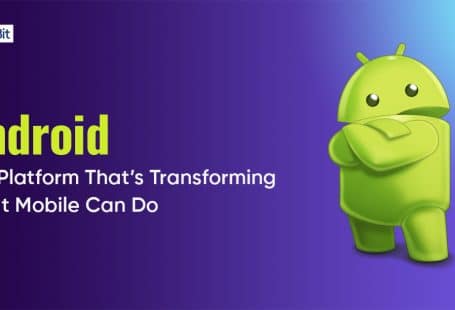The word “viral” in all means refers to something infectious. Be it a common cold or a project virality, not unless it spreads rapidly, reaches many people and clasp them into its spectrum, can we call it viral.
In this article, we will share a detailed study on how to make a viral app right from the start of its development.
Let’s be honest, every entrepreneur dreams of reaching millions of users, earning appreciation from their target audience, enjoying their time in the market, and gaining word of mouth popularity. However, achieving all of the above is time-consuming, tiring, and requires a lot of mental labour.
But what if there is a way that cuts short the process, the mental labour and makes it fun and easy to get all these benefits?
Yes! Designing an application keeping its “virality” factor in mind right from its initial stage can get you your desired goal in minimum effort with maximum benefits.
So in this write-up, we will explain the following:
- The concept of virality
- Virality models
- Key ingredients of virality
So let’s not waste any more time and start with creating a bang-on viral strategy for your brand.
What is Viral?
Gaining project virality is to create a project that interacts with the audience and calls for their participation. Virality is not just a marketing strategy you can work upon after your product is launched. Give careful thought to it since the start of your project journey.
To succeed in attaining virality, your application must have the following four elements:
- Value-driven content for users
- It should be easy for users to join and share your concept among loved ones
- Give incentives and rewards to users for sharing your content or product
- The higher the number of your users, the higher should be the value your app offers.
The fundamental of creating a viral project is to give out something of value to your users. This can be a photo, some great games, an article, a playlist or a marathon.
It could be anything.
When users acquire something from your application, be it a reward or just a fun time, they will keep returning to it. This is not fixed to just mobile applications, but virality can be created in anything, with anything.
Some fantastic examples of what being viral can do is:
“The ice bucket challenge”
In 2014, the world woke up with their internet flooded with videos of people accepting and challenging others to throw buckets filled with iced water on themselves.
Many people from ordinary to international personalities like Bill Gates, Justin Beiber and Oprah Winfrey actively took part in this challenge.
The ice bucket challenge was a social campaign launched by Amyotrophic Lateral Sclerosis Association (ALS) to raise awareness and funds for ALS research.
Half of the people who accepted the challenge did not even have the idea of the cause, but still, people happily threw iced water onto themselves.
By the time it got old and faded away, it had already generated $220 million for ASL organisations worldwide.
A year after the challenge, the collected funds contributed to research that found a new gene used to treat diseases.
Another such example of a viral product is:
“The kiki challenge”
In 2018, the Canadian singer Aubrey Drake Graham released a new song, “in my feelings.”
The song got super famous because of the way it was publicised.
Remember?
People dancing on “kiki do you love me?” beside their cars. The song ‘in my love’ is still recognised by the ‘kiki challenge’.
The challenge made the song go viral in the market. People were crazy dancing, even breaking traffic laws to get themselves filmed on the song.
Thanks to the viral kiki challenge, Drake’s very average song earned $543,817 in just one week.
And three years later, that song is still making millions.
All these times, we have only realised that getting viral is the finest idea of all time.
You can make millions while other people do your publicity.
The question is how to ensure your application can create the same amount of virality as mentioned in the above examples?
Well, to understand the secret behind how to make your app go viral, you must ask yourself the following questions and find the “gems” of your project:
- What value does my app offer?
- Is it worth being shared?
- What rewards should users get upon sharing my application?
- What factor of my app will drive users to share it among their friends?
- How will my application continue motivating users even in the long run?
Once you find answers to all of the above questions, you can move on to designing a viral application.
The Conventional Viral Model
A typical viral flow is initiated when a user creates something and forwards it to other prospects. This leads to many people discovering the element, resulting in an increased number of downloads of an application.
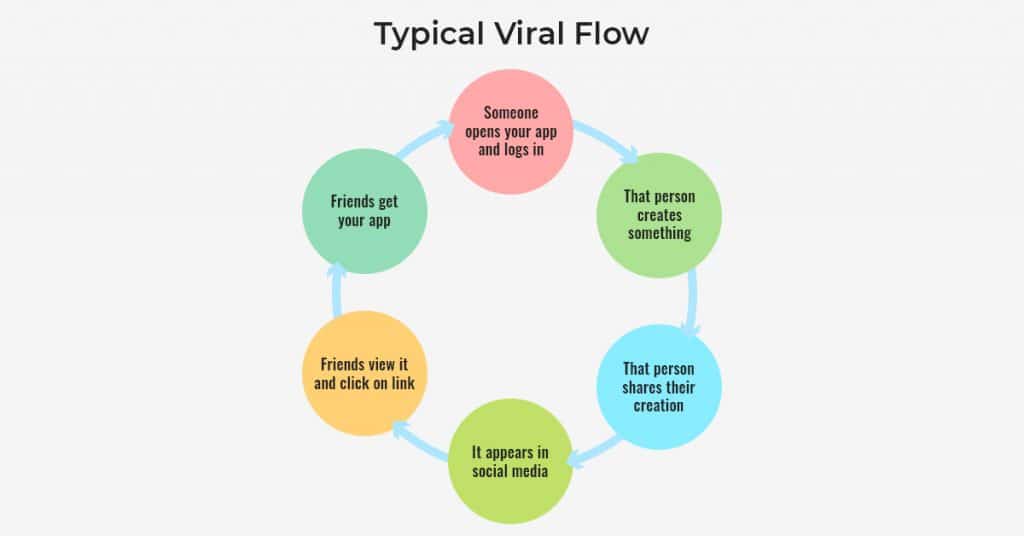
If you follow this approach, the easiest way for app virality is to provide buttons or features that allow users to share your application with family and friends. You can also add buttons that enable users to share their reactions on social media sites such as Twitter, Facebook, Instagram, etc.
FaceApp can be a remarkable example; using it, users can design funny faces of their family and friends and share them over social media.
Unfortunately, this is not the best strategy to move forward with your “viral plan” since it has a limited scope and is often restricted to a small number of audiences.
The only strategy to go genuinely viral is engaging your audience via your application; this means, every time they use your application, add some extra value to their current and past experience with your app.
So when the audience base grows, your app value should also go up.
The Principles of a Viral Strategy:
Before we dive deep into the fundamentals of how to make an app viral, let’s discuss the basic formula of calculating the virality of an application.
The Virality Formula:
- K = C x R x CR/100
The product virality formula calculates the number of consumers at the start of the period by the viral K coefficient, which measures the conversion rate of the consumers by the end of the time. The existing consumers majorly invite these new consumers to use the product.
The formula for calculating viral growth revolves around the viral coefficient, aka ‘K coefficient’ that measures the number of existing users and the number of consumers each user can successfully convert.
The virality formula is the most influential mathematical way of measuring the increase in the number of consumers.
Most marketers use it to calculate their product growth and development. The formula provides us with accurate statistics to ensure advancement.
Formula explained:
C = the number of consumers at the start of your product.
R = the number of referrals each user shares
CR = the average conversion rate of each referral.
Note: The k coefficient must be greater than 1 to achieve precise “virality.”
The “Viral Strategy” Fundamentals:
#1 Be Effortless:
The best applications are effortless; they are designed so beautifully that all design elements are perceived as the background, making the in-hand task easy. The “flow” of these applications have no relation to the charts or process. It’s about making the user lose track of time entirely while s/he is on your application.
Insert your elements in such a way that they absorb the user, and they fall in love with your application. You can do this by removing cumbersome aspects.
If you wish to know the hidden formula of “how to be viral?” this is it.
It’s all in the “flow” of your application.
Some tips to follow:
- Provide a one-click sign in with Twitter or Facebook Ids, rather than asking for individual log-in details every time. This invites quick registration and insight into meaningful data for a growing network.
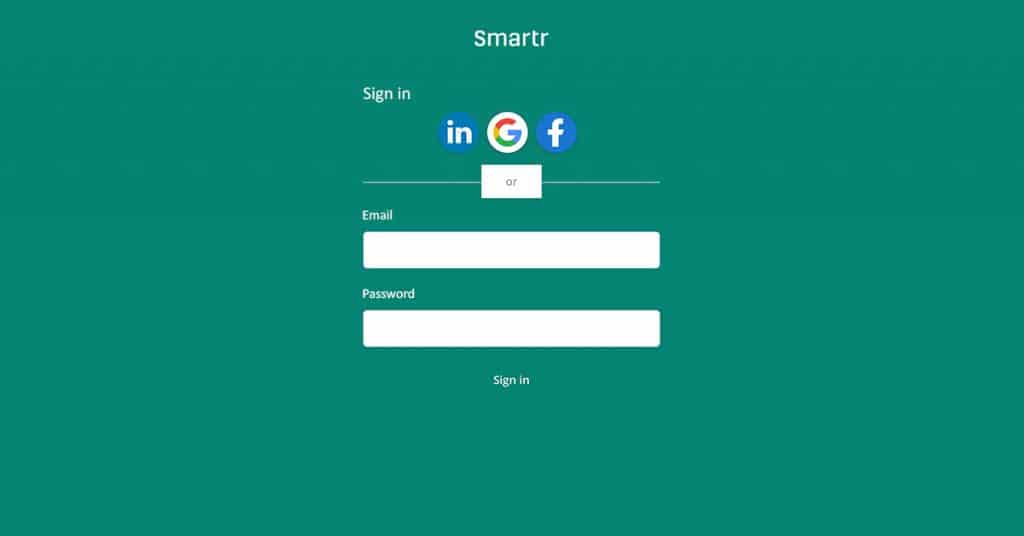
- You can display profile pictures of users’ connections during the authentication to add to their audience as you add up to yours.
- Motivate users to get started by placing the correct feature right in the front of the UI. For example, the record button in the recording application.
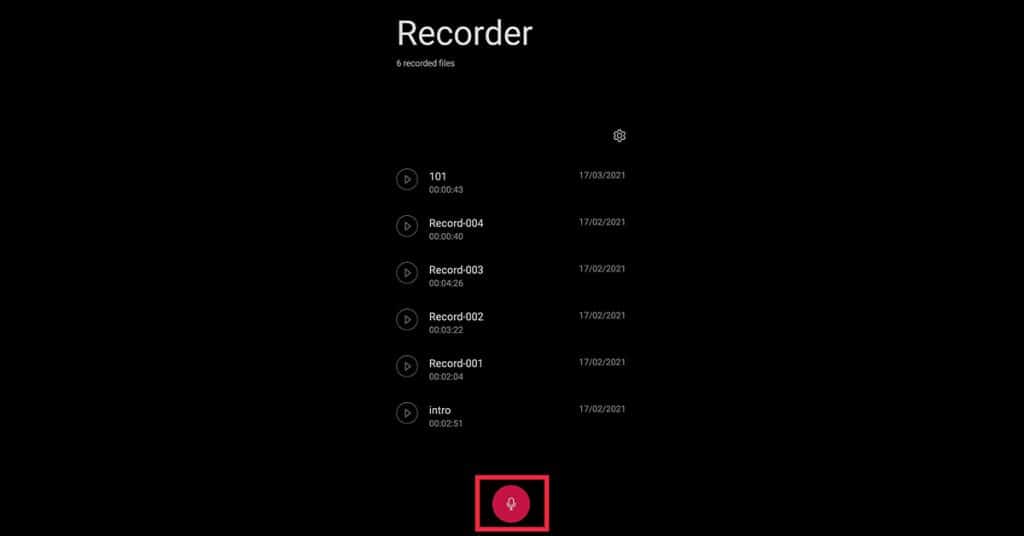
- Allow users to share their data in multiple social channels at a single click. It is essential to make sharing a part of the development process to create virality.
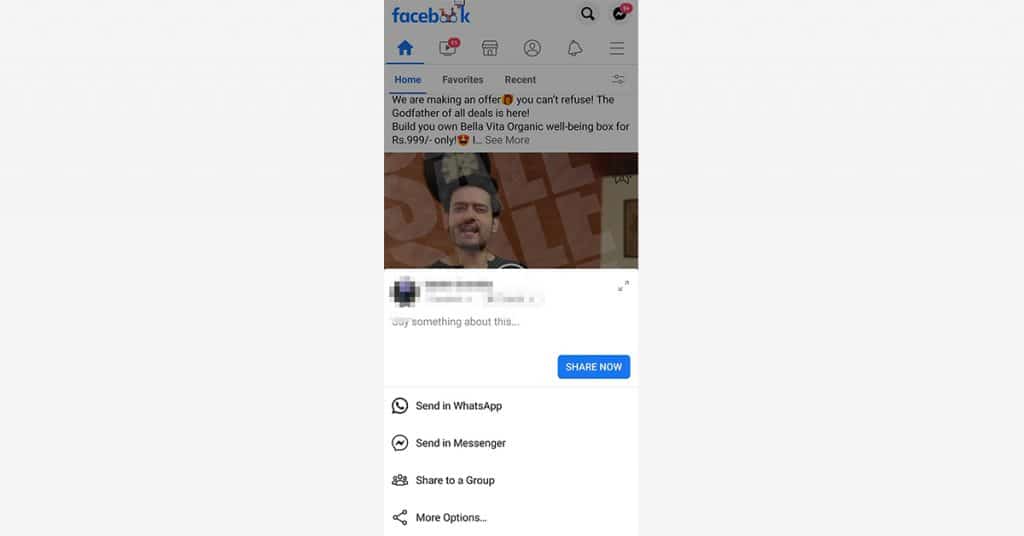
#2 Reward Often:
If you wish to encourage your users to continue using your application and recommend it to their known ones, you need to integrate rewards into it.
“Rewarding” to encourage behaviours has been the most used psychological tactic in all age groups. And it will suit your customers well too.
Reward your users each time they visit your application, refer a friend or even watch an advertisement.
Types of Rewards:
- In-app rewards
Example: Ludo King
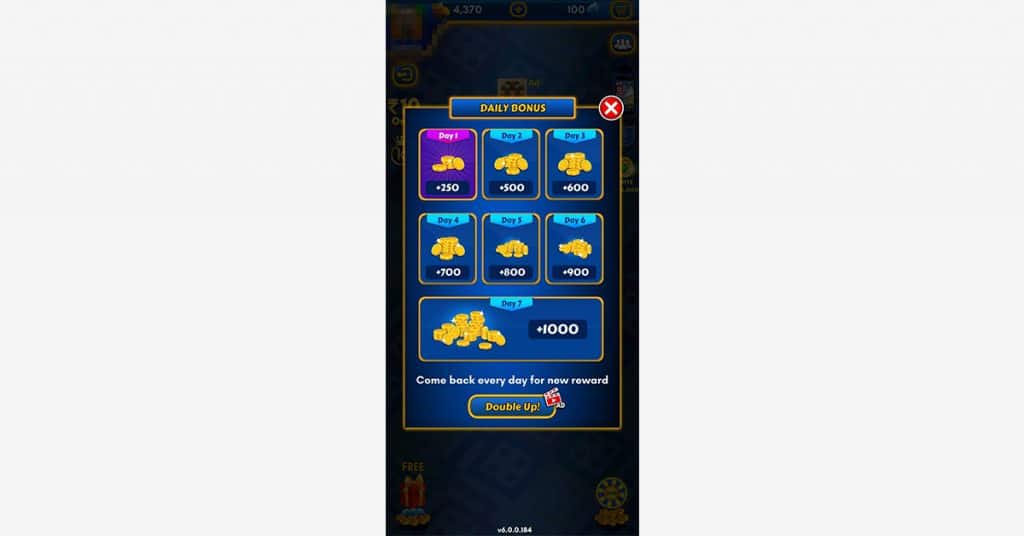
- Cashbacks and coupons
Example: Google Pay
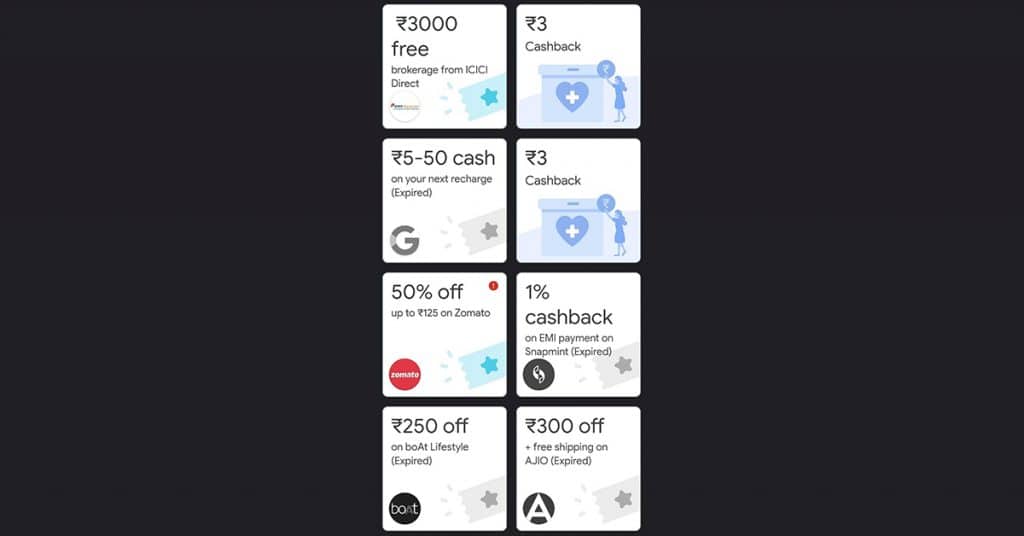
#3 Offer users control:
Since virality and transparency are poles apart, you must maintain the balance between the two. Start by providing proper control over your application’s content to your users.
If a user downloads and uses their application, ensure that no content is shared or displayed unless the user permits.
You must understand that to create a viral application, it is crucial to give your app entirely in the hands of users.
If the user finds their content shared via the platform, they can permanently leave your app, or even worse, share negative feedback about it.
Transparency is at the core of virality.
#4 Keep them coming back:
Focus on sticking around in the market because the more your application stays, the more users it will attract. And the more users use your app, the longer it will stick around.
See, it’s a loop.
If more people use your application and appreciate it, they will complement it with positive reviews. The factor can also increase your word of mouth publicity, therefore, creating virality around your application.
- Focus on creating a personal bond with your users, send custom notifications and emails for users who use or used your application.
This will increase both the customer retention rate and chances of gaining back your consumers.
- Create challenges for consumers to engage in; this will increase their on-app time and encourage them to call a company and refer your app to them.
- Promote “power users,” people who have the most connections. These are the users who can create great content and engage even more users. Motivate them with rewards and freebies, so they stick to your app.
Conclusion:
We hope the article could help you find answers to how to make a viral app.
If you follow the above-posted pointers, you can create an application built for virality.
Here’s a gist of the article for you:
- Provide meaningful content via your app.
- Be transparent with data sharing and communicating via your app.
- Set the core, keeping in consideration user interactivity and invite new guests.
- Provide significant rewards to both users and prospects.
- Pull users back with relevant content, notifications, competitions and rewards.
Of course, creating virality for each application might require the integration of various tactics. While some may work for you, some may not. Therefore, it is best to consult a professional to deeply understand the personalized virality approach that fits your project.







